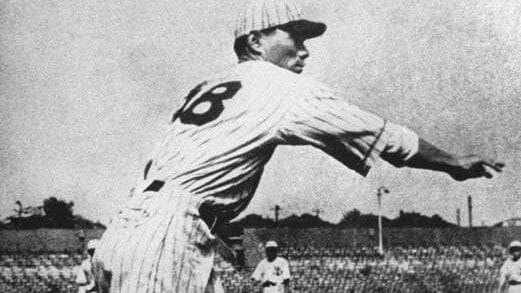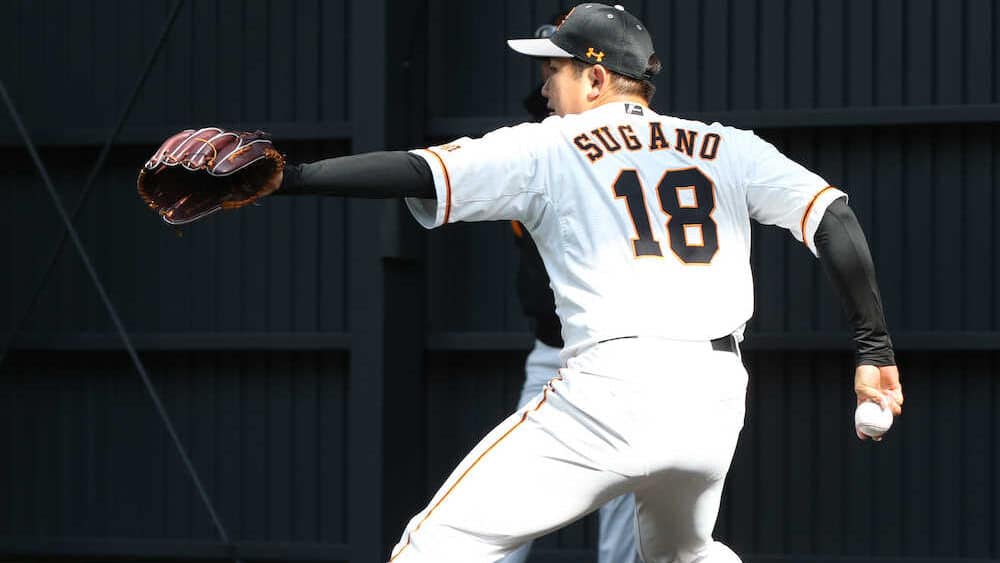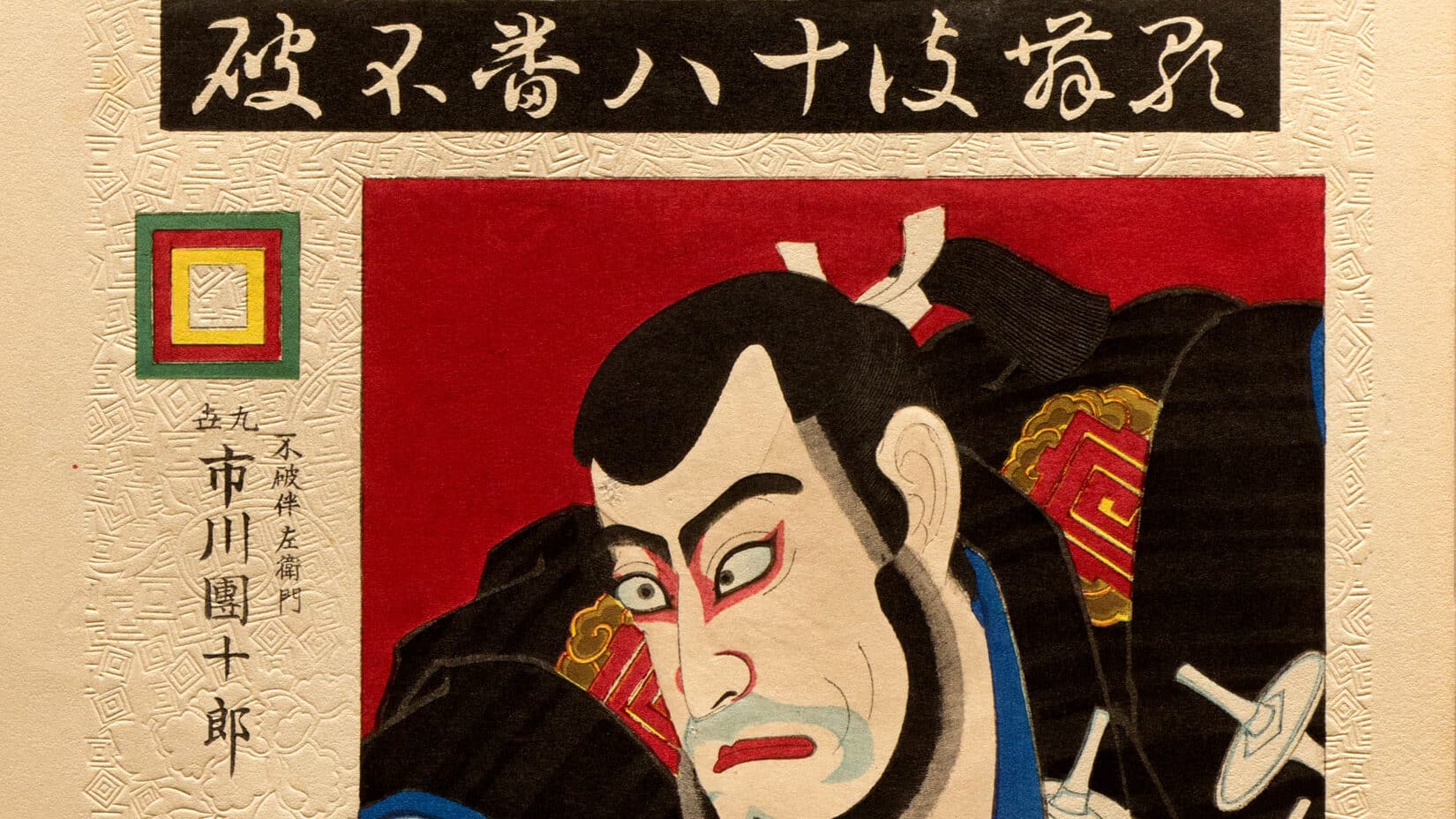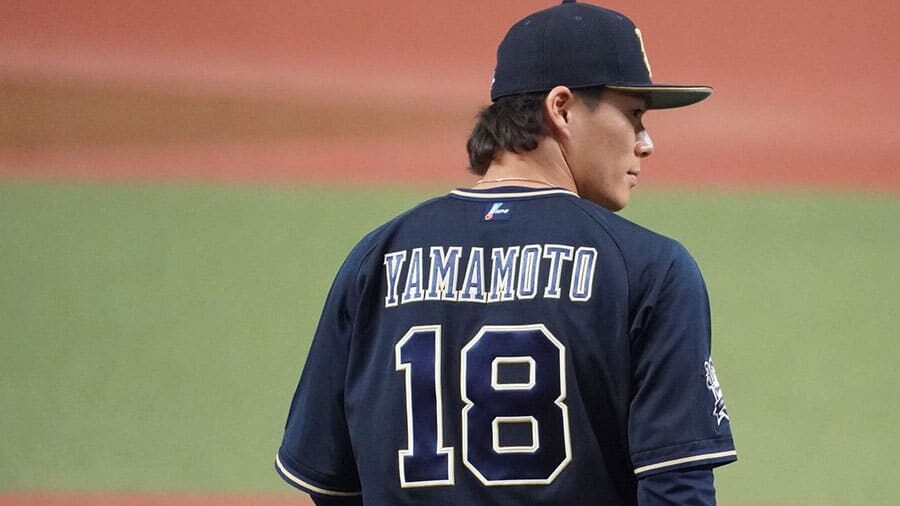
If you’ve watched Japanese pitchers in Major League Baseball, one jersey number stands out above the rest: 18. From Daisuke Matsuzaka playing in the World Series to Hisashi Iwakuma throwing a no-hitter to Yoshinobu Yamamoto making his MLB debut in Seoul, the number 18 has followed some of the most iconic faces in Japanese baseball history.
But where does this mysterious tradition actually come from? The origin story of number 18 begins all the way back in the 1930s when baseball was just getting started on a professional level in Japan, with Tadashi Henry Wakabayashi, a Japanese-American born in Oahu, Hawaii. Wakabayashi joined the Osaka Tigers in 1936 as a top prospect and was assigned jersey number four. However, Wakabayashi decided to switch to the next lowest available number, 18, because 4 has superstitious undertones in many East Asian cultures (it sounds like the word shi in Japanese, meaning death).

Due to injuries in his youth, Wakabayashi struggled to stay on the field early in his career but eventually broke out in 1939 with a 28-7 record and 1.09 ERA, leading the Tigers to a championship. He went on to have a Hall of Fame career for the Osaka/Hanshin Tigers, (and later the Mainichi Orions), winning the league MVP in 1944 and 1947, though he switched to number 30 in 1942 when he became a player-manager.
Other star pitchers in the one-league era, like Jiro Noguchi and Victor Starffin, also took on number 18, leading future aspiring aces to want to follow in their footsteps. The allure of number 18 became so potent that it played a pivotal role in 1955 when promising prospect Tetsuya Yoneda was swayed away from the Hanshin Tigers to sign with the Hankyu Braves thanks to the promise of wearing the coveted number 18 jersey.

The Yomiuri Giants, often viewed as the New York Yankees of the East, cemented the exclusive lineage of number 18 by reserving it for aces of the staff and passing it on for generations. Only nine players have ever worn the number in Yomiuri franchise history – five of which are Hall of Famers – and the current wearer, Tomoyuki Sugano, has been one of the best pitchers of this generation.
The passing down of number 18 within many NPB organizations symbolizes not just a numerical designation but a mantle of responsibility and excellence. Beyond its association with baseball, number 18 holds some cultural significance in Japanese tradition as the Kabuki Juhachiban, or Eighteen Best Kabuki Plays, is viewed as the pinnacle of artistic excellence in Kabuki theater.

While number 18 reigns supreme as the renowned “ace number,” it’s not the only number associated with a star pitcher. In fact, 17 is considered the ace number for the Yakult Swallows and DeNA Baystars, though, in recent years, it seems 18 has surpassed it. Yakult gave number 18 to Yasunobu Okugawa, and DeNA gave it to Kenta Kozono, both of whom are aspiring aces. Still, 17 is a popular number among young Japanese players, not least because Roki Sasaki wears it for the Lotte Marines and Shohei Ohtani wears it in MLB.
Number 47 is seen as a great number for southpaws due to legends like Toshiya Sugiuchi and Kimiyasu Kudo. In recent years, Keiji Takahashi, Yuki Takahashi, and Takuma Kirishiki have selected it. Number 34 is also iconic because it belongs to Masaichi Kaneda, the only 400-game winner in NPB history.

As the years go on, the legacy and symbolism of #18 will only continue to grow. So, the next time you see a Japanese pitcher flaunting 18 (or some of the other numbers in this article), you’ll know the reason why!